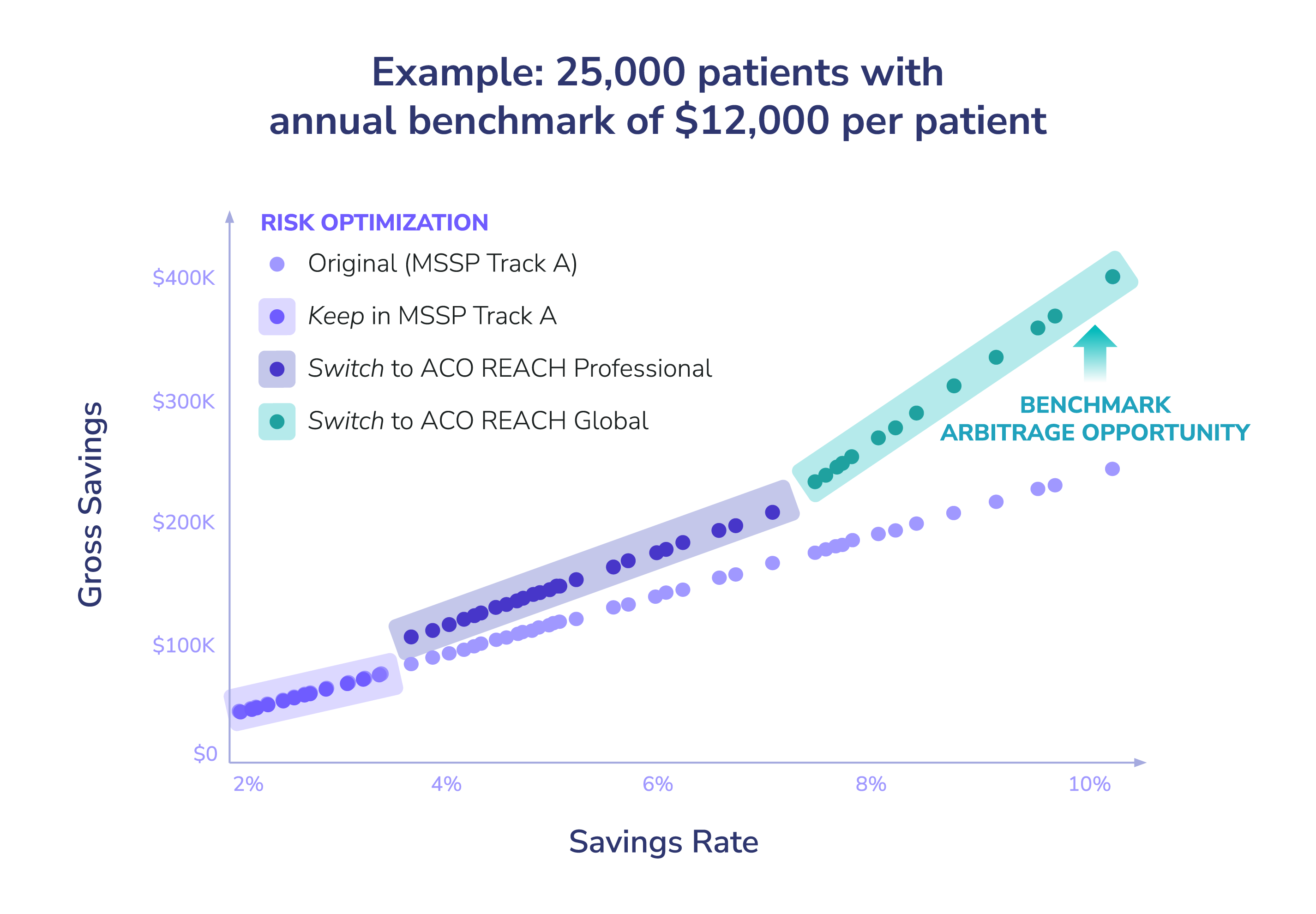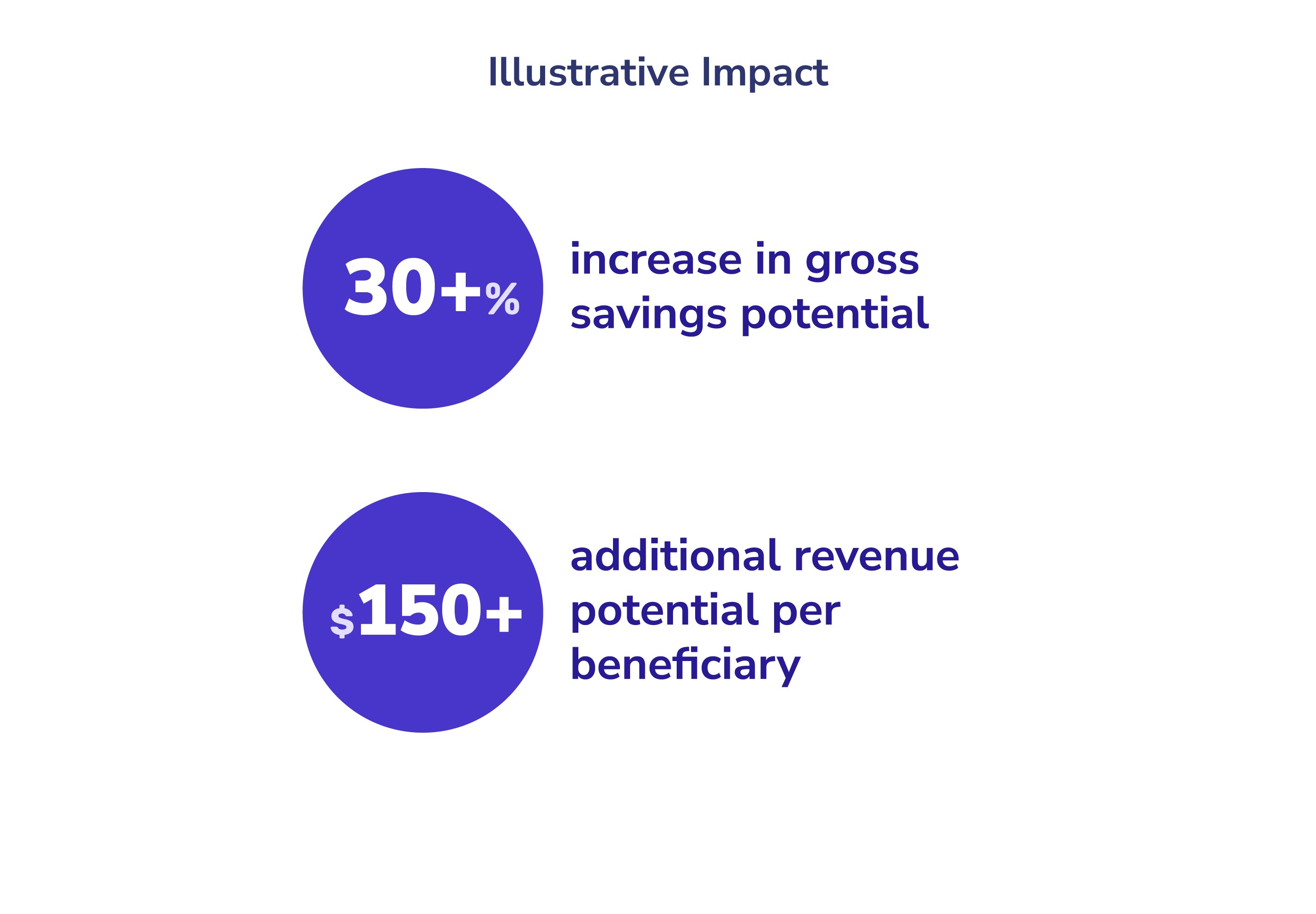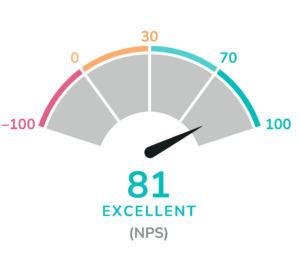“We’re here for the benefit of independent primary care. We want to be able to help primary care practices transform to succeed in value. That’s our mission,” said a leader near the head of a long table, surrounded by the leadership team of one of the largest Clinical Integrated Networks (CINs) in the country.
As Pearl’s Chief Growth Officer, I’ve had the honor and privilege of meeting with leaders of dozens of physician-led organizations across the United States, observing their admirable missions, ethos, and efforts to enable primary care providers to serve patients across the communities they serve. For many, navigating options and resources to succeed in Value-Based Care is difficult. Finding the right partner requires assessing values and culture-fit, technology, data analytics, and operational support to succeed in aligning positive intent with something intrinsically difficult to predict but near and dear to most: the health of seniors.
Physician-led organizations — especially Independent Physician Associations (IPAs) and CINs — play a critical role in improving care coordination, enhancing patient outcomes, reducing costs, and supporting provider well-being in today’s rapidly evolving healthcare landscape.
Here’s a list of considerations for leaders of physician-led organizations to help evaluate and select a partner in value-based care.
1. Alignment of Philosophy & Incentives
The first and most crucial factor is whether the partner’s philosophy aligns with your organization’s goals and values — and puts forward sustainable partnership terms for both parties. Look for a partner that:
- Supports physician independence and provides tools to succeed in VBC. Ask yourself: is this partner seeking to prescribe and control practices, or are they seeking to empower and enable? How they approach this question will likely matter deeply to independent primary care practices — and may make or break the partnership over time.
- Aligns financial incentives with provider success, ensuring shared risk and reward. A few years back, I reflected on providers being risk-averse about both prospective gains and losses. Interestingly, since then Pearl has also discovered a strong correlation between skin in the game — by all parties — and better outcomes. This hasn’t been the norm among all partners, but at Pearl we’ve found that having sometimes difficult conversations directly and transparently about sustainable partnership structures lead to longer, more sustainable partnerships.
- Understands primary care and the importance of long-term patient relationships. PCPs know how to provide care to their patients and the culture of their communities better than anyone, not to mention future partners who would enable them. Finding partners who understand and respect the special relationship that PCPs have with their patients is important for ensuring those relationships are honored.
2. Proven Expertise in Traditional
Medicare Risk
Traditional Medicare remains a critical payor for physician groups transitioning to VBC. But not all partners have deep experience or capabilities to navigate Medicare’s evolving programs, such as the ACO REACH model or MSSP. When evaluating a partner, consider:
- The depth of their actuarial expertise and ability to manage financial risk effectively. Does your potential partner have in-house actuarial and/or data science capabilities? Given the intricacies of VBC programs and risk tracks, relying wholly on outside analysis can be time-intensive, prone to errors, and costly. Partners who have developed these capabilities in-house treat understanding the risks associated with VBC as core to their business. Leveraging cutting-edge tactics, such as machine-learning and AI, will help ensure that you have access to the best intelligence possible.
- Their experience with regulatory changes and compliance. Does the potential partner have policy and advocacy capabilities? Importantly, do they have a perspective on what may be coming next, especially under the new administration? Finding a partner who has a macro-level understanding of both what’s happening now and where the puck is headed across the policy landscape is critically important as you future-proof plans and seek advocacy for your interests among lawmakers who will shape VBC programs and the rules that govern them.
- Their track record in managing Medicare populations in risk-based models. Beyond surface-level CMS reporting, how did practices who worked with the given partner actually fare as a result of the partnership structure? And what do practices say about what it’s like to do business with the partner? Aggregate historical performance in a given year is certainly important, but oftentimes, how practices actually fared over time — and felt about their experience with the partnership — is often overlooked as groups diligence potential partners. The biggest suitcase full of cash may be beneficial in the short-term, but succeeding VBC is a multi-year journey. Take, for example, how Pearl’s partners have fared over the past three years; the delta between where their performance started and where they are today is more important than a given snapshot in time.
3. Advanced Data & Analytics Capabilities
VBC success is highly dependent on data-driven decision-making, which is increasingly powered by machine-learning and more advanced forms of AI. The right partner should provide:
- Predictive analytics to identify high-risk patients before costly interventions are needed. Does your potential partner have purpose-built capabilities to predict acute needs across senior populations, or are they relying on outside models and data science? Have they focused on helping to avoid unplanned admissions to keep patients healthy? Although it’s incredibly important to also ensure benchmarks are appropriately accurate and Quality Measures are attained, succeeding in driving both patient and financial outcomes requires proactively reducing hospitalizations and enabling timely interventions — and is aligned with how PCPs prefer to provide care: so that it’s better for patients.
IN ACTION
- Transparent reporting and performance dashboards that empower clinicians with meaningful information. At what cadence does the potential partner provide visibility into how a given practice is trending toward generating shared savings? Is the user interface of their reporting “user-friendly”? Enabling practices with transparent, easy-to-understand visibility into how they are doing in VBC — and what they can do to affect change — is mission-critical for enabling success in VBC. Time and time again, we at Pearl hear that practices are flying blind when it comes to why or why not they will generate savings or losses, which is why we place so much emphasis on providing actionable insights in a user-friendly interface.
IN ACTION
- Help physicians deliver patient-centric care, not just close care gaps. As Pearl Chief Product Officer Jen Rabiner wrote, “Succeeding in value-based care has become synonymous with ‘closing care gaps’; unfortunately, this has come to mean focusing on long lists of specific actions. Instead of simply focusing on tasks that need to be completed, our products focus on the patients who need attention and make it clear why they need that attention.” This approach to care coordination and management enablement will lead to both better patient outcomes — and more durable VBC success.
Our Technology
4. Flexible, Scalable Financial &
Operational Support
Physician groups often lack the administrative infrastructure to manage risk effectively on their own. A strong partner should:
- Provide individual performance pools and/or benchmarks. Does your potential partner provide access to exclusive economics for your growth with an individualized performance pool or benchmark, or do they pool you with others in the ACO? For highly performant physician groups, the notion of joining a communal performance pool is a leap of faith at best, and is incredibly dilutive to potential earnings at worst. Most practices with whom Pearl partners prefer to reap what they sow or eat what they kill, depending on their dietary preferences.
- Have flexible VBC options & risk optimization guidance. Is your potential partner able to provide options to participate in different VBC programs and risk tracks? Are they able to illustrate the financial opportunity for your group across different options and how you might best configure participation, or do they try to steer you in a particular direction, with little to no specific insight into how that specifically applies to your group. Importantly, there are significant differences in how benchmark years are set across VBC programs. Having a partner who can both help identify and provide options to advantageous benchmarks for your group and downstream practices will help you navigate VBC with tailwinds to propel your group forward.


- Offer assistance with risk adjustment to ensure accurate reimbursement. Does the potential partner make it easy to appropriately diagnose patients, especially at the point of care? As mentioned previously, ensuring that you have an accurate benchmark — or, in other words, budget — from CMS and CMMI is critically important for removing budgetary handicaps out of the gate, which can make it difficult to generate shared savings.
5. Cultural Fit and Physician Engagement
Technology and financial models are only part of the equation—successful partnerships also depend on cultural alignment and engagement. Consider a partner that:
- Values physician input and fosters a collaborative relationship. Does your potential partner understand and empathize with PCPs? Do they have a culture of proactively soliciting and welcoming feedback to improve their overall approach? At Pearl Health, we use client feedback as our North Star, to give us visibility into the health of our partnerships. We’re proud that our Net Promoter Score across our network is a whopping 81 as of Q1 2025. Pearl’s R&D team also conducts regular client interviews to help us learn more about their challenges, get their feedback on the Pearl Platform, and help inform our roadmap. We also welcome leaders across strategic partners to join the boards of our ACOs, help us co-create thought leadership, and share their candid feedback at all levels of our shared work together.

- Provides ongoing education & training to ensure successful adoption of VBC strategies. Does your potential partner proactively provide educational resources and up-to-date information about the VBC programs and risk tracks, and how are these resources made available to practices in your network? Do they provide tactical advice on how to make best use of the insights that they provide? At Pearl, we provide access to Pearl Academy, with on-demand access to video training, materials, peer-to-peer insights, and live webinars. We know that navigating the ins and outs of program rules, technology, and opportunities isn’t easy, so we try to strive to make it as easy as possible to interact, engage, and learn at your own pace.
- Offers hands-on support to address physician and staff concerns proactively. Does your partner provide opportunities to receive direct hands-on support? Are they able to offer engagement opportunities, both in-person and virtually? It goes without saying that insights are only as good as they are useful, and information is most useful when it’s directly relevant to a given practice in your physician group. At Pearl, we provide regular Performance Reports, opportunities to engage with our Customer Success and Clinical Strategy teams, and tailored insights into how your group is doing in terms of reducing costs, quality measures, and other factors that are specifically important to consider as you accelerate your VBC success.
Pearl's Support in Action
Explore the Opportunities with Pearl Health
At Pearl Health, we believe that primary care providers should be at the center of value-based care. We empower physician-led networks with intuitive technology, robust data analytics, engaging incentives, and right-sized operational support to drive better patient outcomes and financial performance. Our deep expertise in traditional Medicare risk allows us to support providers in transitioning to value-based care with confidence.
By choosing the right VBC infrastructure partner, physician-led networks can not only navigate the complexities of value-based care but also thrive in a system that rewards high-quality, efficient, and patient-centered care. As you evaluate potential partners, consider how they align with your vision for healthcare transformation—because the right partnership can be the difference between incremental change and true impact.
If you’re interested in learning more about how Pearl Health can support your transition to value-based care, let’s connect. You can find me here on LinkedIn or shoot me an email at [email protected].




